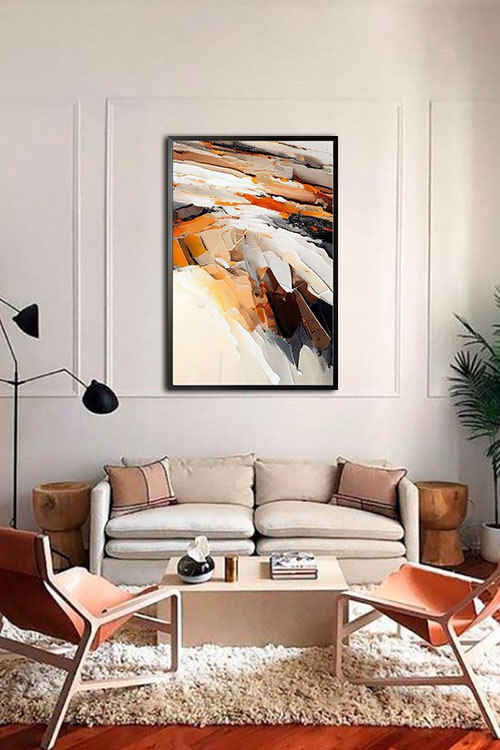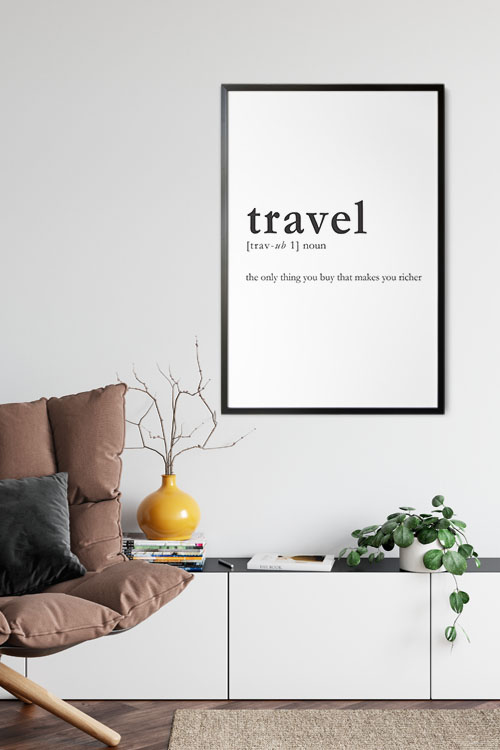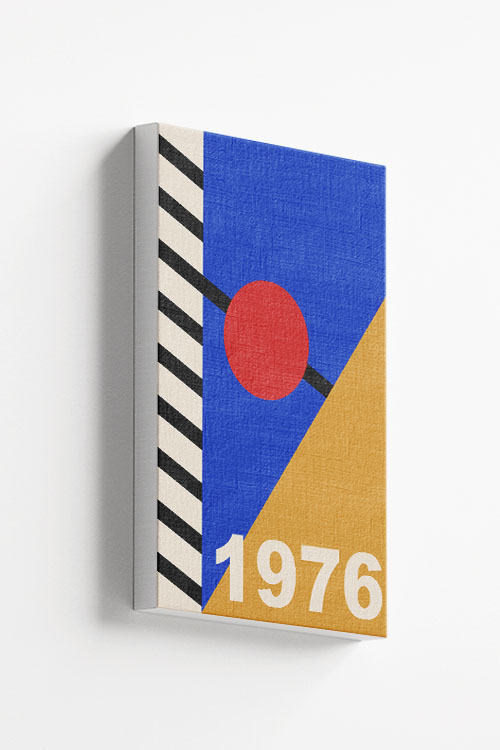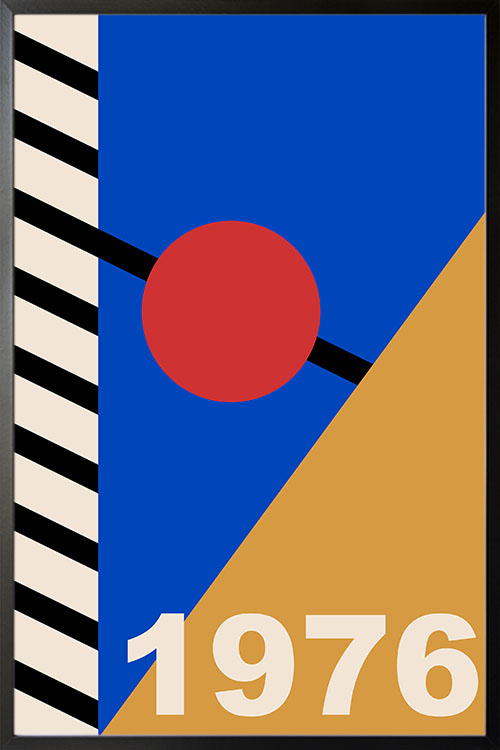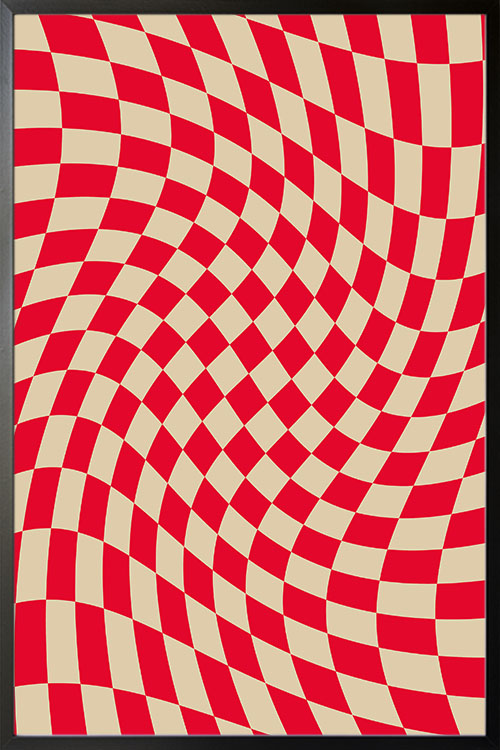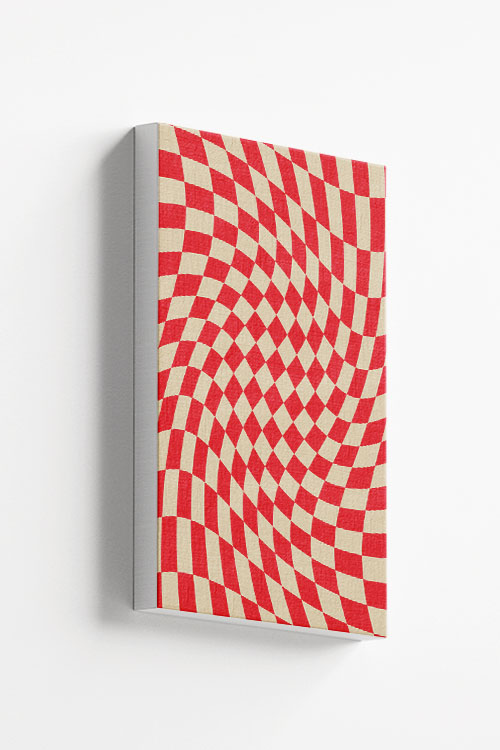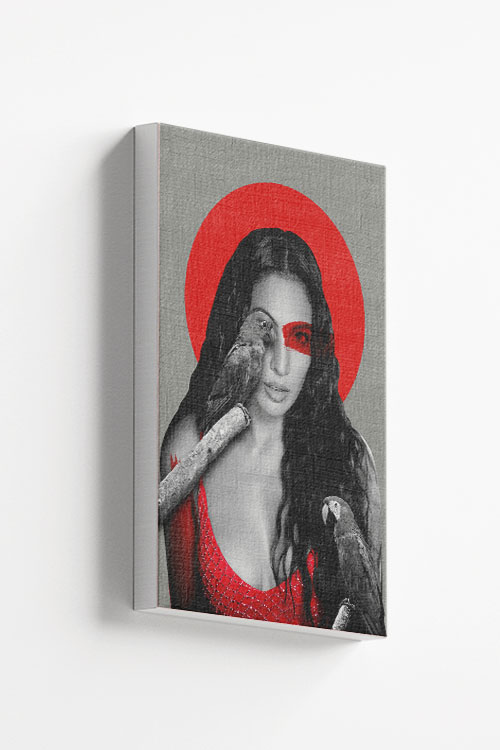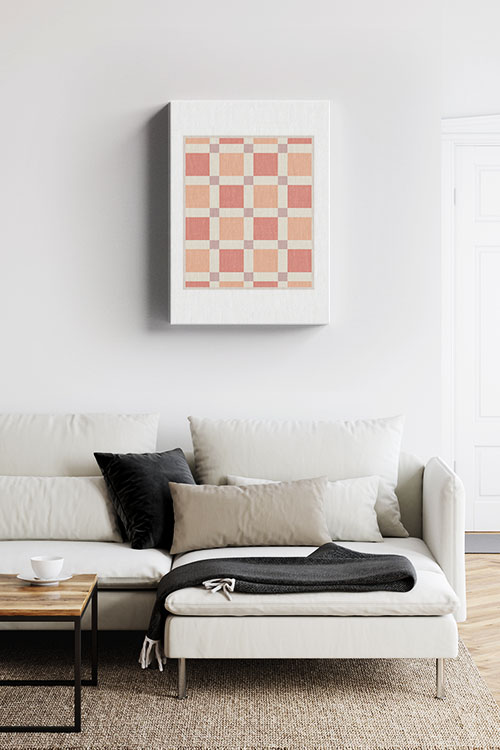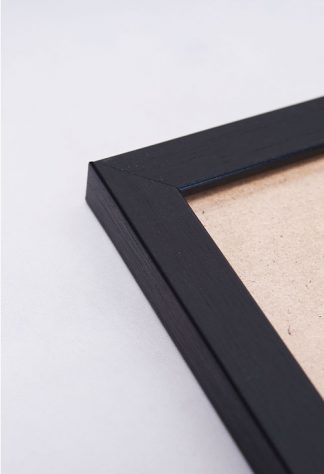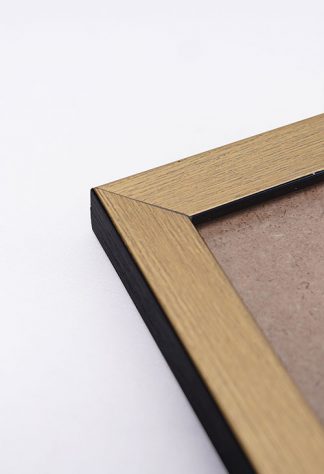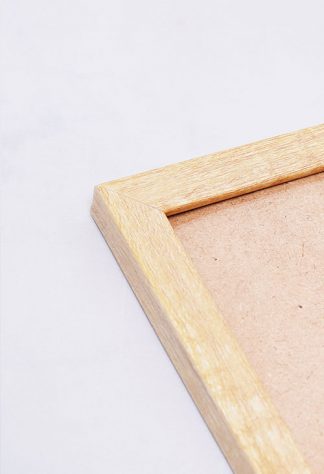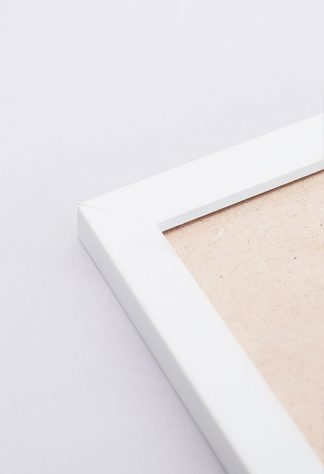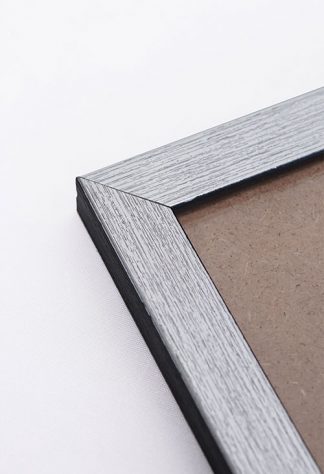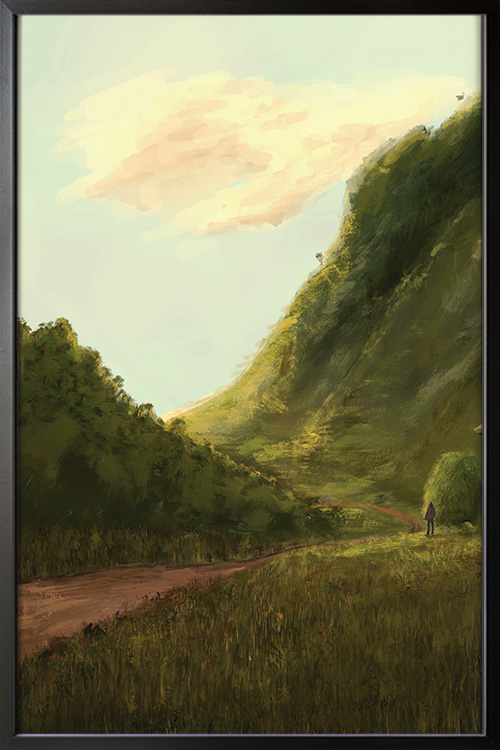
Stress has become a standard part of daily life in today’s fast-paced world. Work pressures, financial concerns, and personal challenges can all contribute to anxiety and mental fatigue. While there are many ways to manage stress, one of the most effective and enjoyable methods is engaging with art. Whether through painting, drawing, music, or other creative activities, art reduces stress and promotes relaxation and brings joy and pleasure, improving overall well-being.
The Therapeutic Benefits of Art
Art provides an outlet for self-expression, allowing individuals to channel their emotions into a creative process. When people engage in artistic activities, they shift their focus away from worries and immerse themselves in the present moment. This mindfulness-like effect helps reduce stress by promoting relaxation and mental clarity.
Studies have shown that creating or viewing art can lower cortisol levels, the hormone responsible for stress. Engaging in creative activities stimulates the brain’s reward system, releasing dopamine, a chemical associated with pleasure and relaxation. This can improve mood and provide a sense of accomplishment, making art a natural and effective way to cope with stress.
Different Forms of Artistic Stress Relief
Art therapy is widely used to help individuals process emotions and reduce anxiety. Each form of art provides unique benefits, and understanding these can help you choose the best method for your needs:
- Painting and Drawing: These activities encourage self-expression and help individuals externalize their emotions. The repetitive motions involved in sketching or coloring can have a meditative effect, similar to deep breathing exercises.
- Music: Listening to or playing music can significantly lower stress levels. Slow, soothing music has been shown to reduce blood pressure and heart rate, while playing an instrument can serve as a powerful emotional release.
- Dance and Movement: Physical movement through dance helps release tension, improve mood, and boost energy levels. Dance therapy combines physical activity with creative expression, making it an effective tool for stress relief.
- Crafts and Creative Hobbies: Activities like knitting, pottery, and sculpting require focus and repetition, creating a calming effect similar to meditation.
Art as a Lifelong Stress Management Tool
Incorporating art into daily life can provide long-term benefits for mental health. Whether through structured art therapy or casual creative hobbies, engaging with art offers a positive and constructive way to manage stress. Art is a powerful tool for reducing anxiety and improving overall well-being, and its long-term benefits can bring hope and optimism to one’s life.
